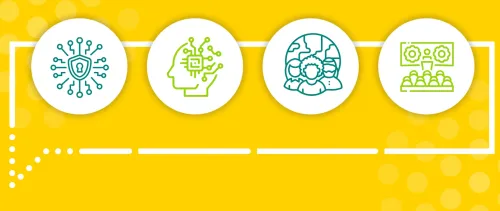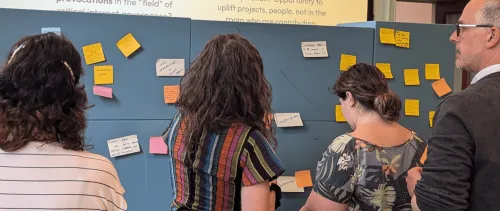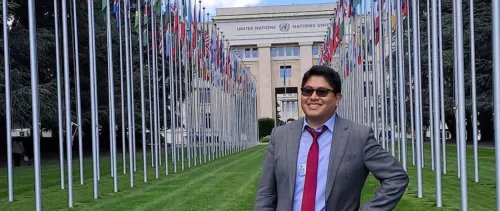
Community networks, local Internet service providers (ISPs), and other small-scale connectivity solutions can help bring affordable, quality Internet to every individual and household. These types of local initiatives, built with local knowledge, can address gaps where traditional models don’t reach.
But the digital divide persists because of market and policy failures. Closing it for good means creating a regulatory environment that has room for all kinds of connectivity. An Internet for all requires diverse approaches and models that can meet diverse needs—and it’s possible.
These tips, resources, and examples can help you start considering which policies matter for your country or your community, get inspired by success stories, or rule out approaches that won’t work. So you can take steps toward a policy landscape that sets local Internet champions up for success.
There are three main dimensions for policy improvement:
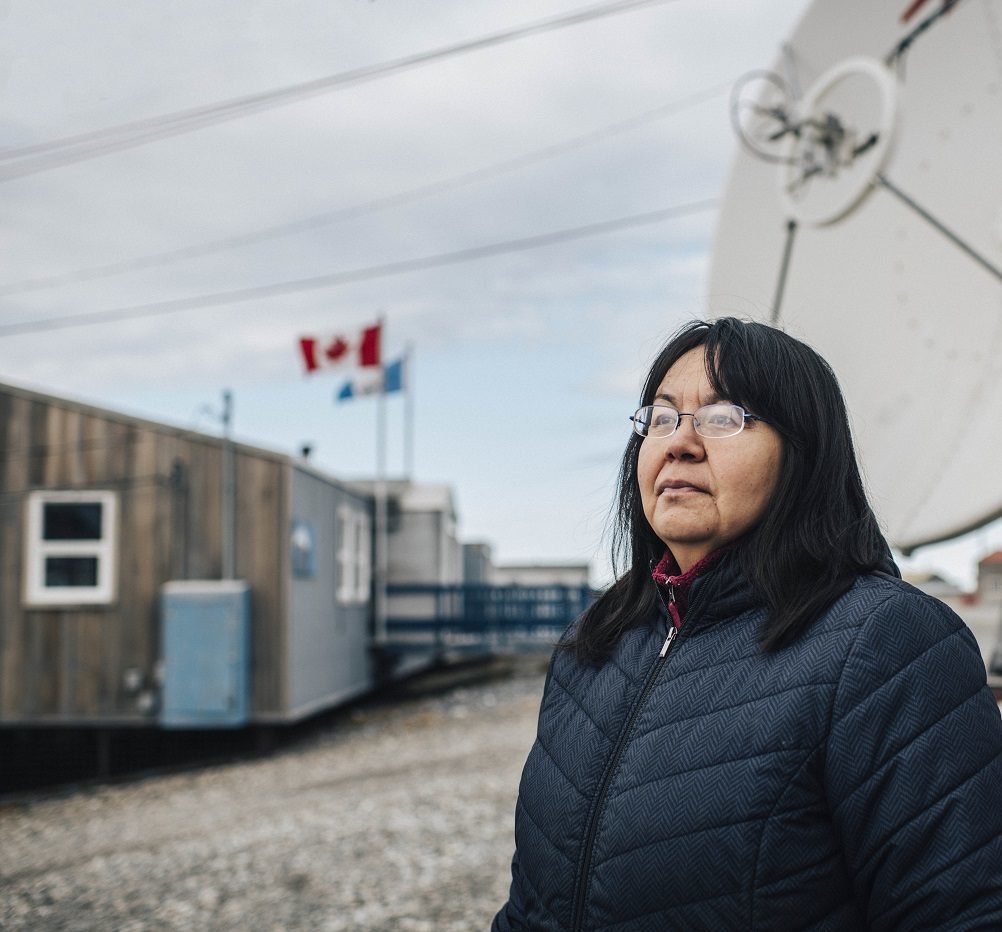
Financing
Community-centered connectivity needs to be financially sustainable—it can’t be a charity project. Find guidance to improve access to Universal Service Funds and other types of financing.

Licensing
In some areas, it’s difficult for anyone who isn’t a large provider to get a license to operate. Learn some ways you can lower obstacles for smaller players who want to get a license.
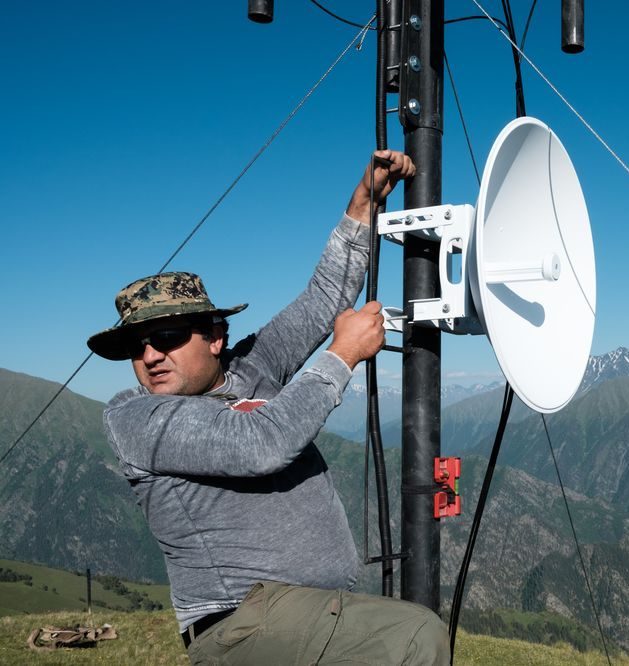
Spectrum Allocation
There’s often unused or underused spectrum that can be freed up to allow for more diverse players. Find out how policy changes can help Internet providers share spectrum more effectively and connect more people.
What Else Can I Do?
Do a Policy SWOT
Use the Community-Centered Connectivity Policy SWOT (strengths, weaknesses, opportunities, and threats) exercise to identify priorities, spot potential issues, and understand opportunities for change. Download the worksheet or use the questions to support discussions
Use the Community Networks DIY Toolkit
If you already know a community network is the way forward, explore the do-it-yourself toolkit. You’ll find guided steps through everything you need, including things like selecting equipment, organizational structures, and planning your setup.
If you need more guidance about policy updates or have questions about where to start, we’re happy to help. Contact us.
You can also download the Policy Strategies for Closing the Digital Divide as a PDF.
